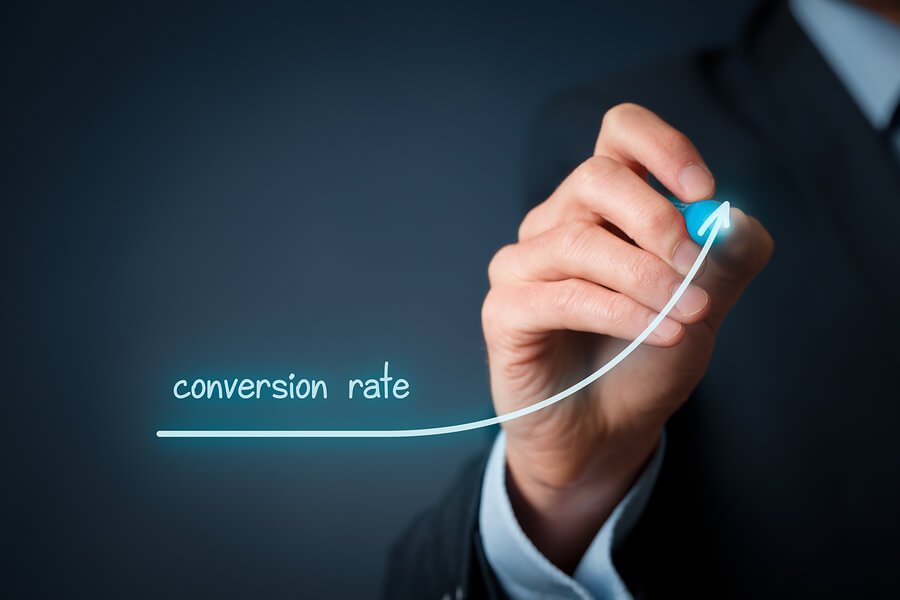
Increasing the conversion rate on your website is crucial for any business looking to grow and scale. There are several strategies you can implement to improve the performance of your website and boost your conversion rate.
One effective strategy is to optimize your website’s design and user experience. This includes making sure your website is easy to navigate, has a clear and consistent layout, and is designed with the user in mind. By improving the overall design of your website, you can help visitors find what they’re looking for more easily and increase the chances of them taking a specific action, such as making a purchase or signing up for a newsletter.
Another strategy is to create clear and compelling calls to action. This means making sure that the buttons and links that encourage visitors to take a specific action are prominently displayed and easy to find. You should also make sure that the text and language used in your calls to action are clear and persuasive, and that they stand out visually on the page.
You can also offer incentives or discounts to encourage visitors to take action. For example, you can offer a special promotion or discount for first-time customers or for customers who make a purchase within a certain timeframe.
A/B testing is another powerful strategy for increasing conversion rates. This means creating different versions of your website or landing pages and then testing them with different groups of visitors to see which version performs best. This allows you to identify which elements of your website are working well and which need improvement, so you can optimize your website accordingly.
Social proof is another way to increase conversion rate. By including customer testimonials, product reviews, and other forms of social proof on your website, you can help build trust and credibility with visitors. This can be especially effective for e-commerce websites, where people may be hesitant to make a purchase without knowing what other customers have experienced.
Retargeting or remarketing campaigns can be another powerful tool for increasing conversion rates. These campaigns allow you to target visitors who have previously shown an interest in your products or services and bring them back to your website to convert.
You should also identify and address any pain points or roadblocks in the customer journey that may be preventing visitors from converting. This could be anything from a confusing checkout process to a lack of trust in your website. Once you’ve identified these pain points, you can take steps to address them and make the customer journey as smooth and seamless as possible.
Finally, it’s important to continuously analyze data to understand visitor behavior and make data-driven decisions for optimization. By using tools like Google Analytics and heat mapping software, you can gain a deeper understanding of how visitors interact with your website and identify areas for improvement.
Overall, increasing your website’s conversion rate takes a combination of strategies and ongoing optimization. It’s an ongoing process that requires patience and continuous testing and analysis.





